Home Buying and Mortgage Statistics in 2023
Many Americans dream of owning a home. We’ve compiled recent home buying and mortgage statistics to give you a better understanding of the American housing market, including current home prices and mortgage rates. Start reading to find everything you need.
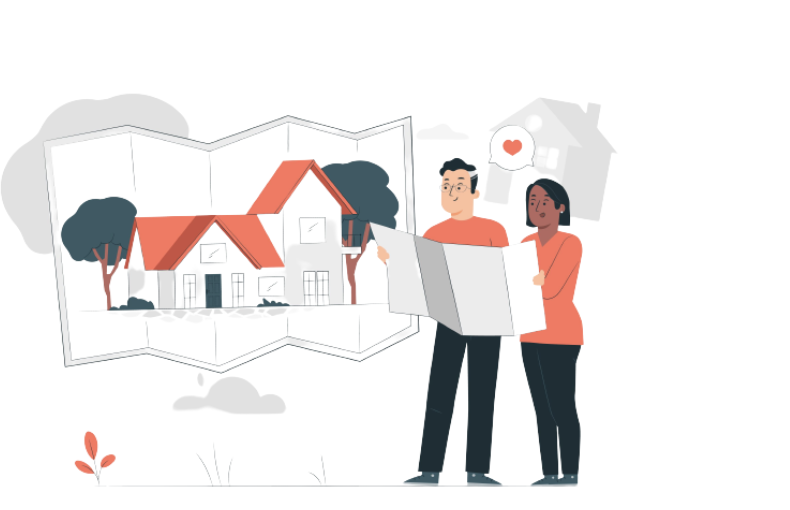
Key Takeaways: March 2023 Data
✓ The average home prices increased from 4.2 to 6.9% in March 2023, with prices being $474,400 in March 2023. (Trading Economics)
✓ Home Ownership Rate in the United States increased to 66% in March 2023 from 65.80% in 2022. (Trading Economics)
✓ In 2023, the national mortgage payment-to-income ratio increased by 5.5%. (Rocket Mortgage)
✓The current average rate for a 30-year fixed mortgage is 6.38%. (Bank Rate)
✓ Applications for mortgage in the US sank 9% in the week ending in March 27th 2023. (Trading Economics)
✓ The amount of household debt rose in March 2023, reaching $16.15 trillion, an increase of $312 billion or 2%. (NewYorkfed)
Section 01
Average Home Buying and House Prices Statistics
Section 02
Home Buying Statistics by Demographics
Section 03
Mortgage Statistics
Section 04
Home Buying Statistics by State
Section 05
Mortgage Debt Statistics
Section 06
Mortgage Denial Statistics
Section
01
Average Home Buying and House Prices Statistics
The percentage of homeowners in the US rose to 66% in the third quarter of 2022, compared to 65.80% in the prior quarter. An estimated 644,000 new homes were sold in 2022. The average home prices experienced a 6.9% increase in January 2023, with prices being $474,400 in January 2023.

The full-year 2022 saw 644K new homes sold, 16.4% less than the 2021 total of 771K, marking the lowest level in 4 years due to rising mortgage rates.
The median price of newly sold homes was $542,900 in September 2022, a 14.8% increase from 2021.
On the other hand, the median price of existing homes was $384,800 in September 2022, an 8.4% increase from the previous year.
The average cost of homes in the US fell to $528,400 in December from $543,600 in November of 2022.
The median income of households who bought homes was $102,000, with 14% of homebuyers earning an annual income between $100,000 and $124,999.
34% of all homebuyers were first-time buyers.Typical closing costs on a home purchase can be anywhere from 2% – 6%.
Single women made up 18% of homebuyers while single men made up 9%.
72% of homebuyers held a bachelor's degree or higher.
Homeownership rates among households with income equal to or above the median household income was 79.4% in 2022, a slight increase of 0.4% from 2021.
The number of existing home sales declined by 23.8% from September 2021 to September 2022.
The number of active listings increased by 2% from 2021 to 2022.
82% of homebuyers purchased single-family homes that were detached.
The average size of homes bought was 1,900 square feet.
The average purchased home had 3 bedrooms and 2 bathrooms.
51% of homes were bought in suburban areas and only 13% in urban centers.
Most homebuyers preferred pre-owned properties with only 15% choosing newly built homes.
91% of homebuyers favored homes with open floor plans.
51% of homebuyers found their homes online.
28% used a real estate agent.
Out of 850,000 homes for sale in 2022, 740,000 were single-family homes, and 110,000 were condos or co-ops.
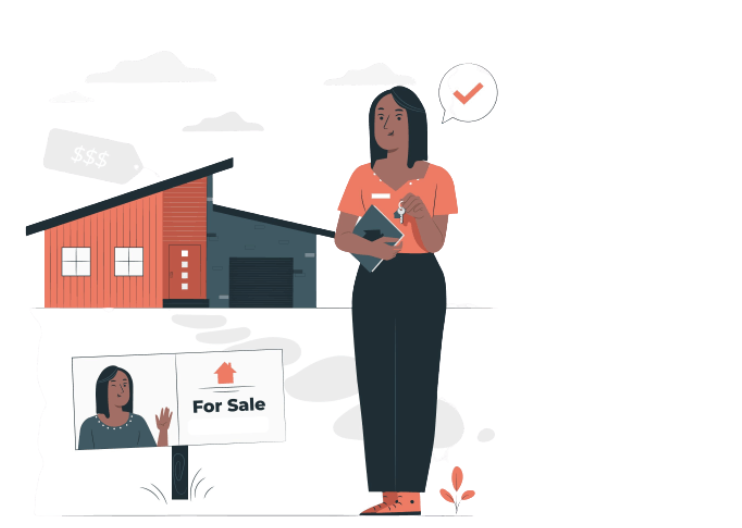
Section
02
Home Buying Statistics by Demographics
In this section, we'll take a closer look at the trends and patterns in home buying across different demographic groups. We'll delve into the data to uncover insights into the factors that influence home buying decisions, such as income, age, and race among others. This section has the most recent statistics for you.
Older Millennials, with a median age of 36, made up the largest generational group of buyers with a share of 25%, followed by Gen X-ers, with a share of 22% and a median age of 49.
Gen X-ers had the greatest median household income of any generation ($125,000), followed by Older Millennials ($110,300).
Among the most recent buyers, 60% were married couples, 19% were female singles, 9% were male singles, and 9% were unmarried.
Fifteen percent of Gen X-ers bought a multigenerational house. The second-largest share, made up of younger Baby Boomers, was 14 percent.
Millennial buyers (23-31 years) and buyers 32 to 41 years (Older Millennials) make up the largest share of home buyers at 43 percent.
Eighty-one percent of Younger Millennials and 48 percent of Older Millennials were first-time home buyers. Buyers 42 to 56 (Gen Xers) consisted of 22% of recent home buyers and had the highest earning with a median income of $125,000.
Gen X buyers purchased the most expensive homes and were the most likely to purchase a multi-generational home.
Baby Boomers (57 to 75) made up 29% of recent buyers and purchased for reasons like proximity to friends and family, retirement, and desire for a smaller home.
Among the 70% of first-time buyers, 66% were millennials eager to start families in their own homes.
66% of first-time homebuyers are white, 14% are Hispanic, 11% Asian American, and 9% Black.
Of homebuyers aged 23-31 and 32-41, only 8% each report getting a mortgage as the toughest part of buying a home.
In 2022, White and Hispanic Americans experienced the largest home ownership gains.
In 2022, Black Americans had the highest homeownership rates in Mississippi (56%), South Carolina (56%), and Alabama (52%).
In 2022, the homeownership rate for Black Americans ranged from 9% to 56% nationally. Out of 51 states and the District of Columbia, 13 states had a higher rate than the national average of 43.4%.
In 2022, the homeownership rate for Hispanic Americans varied from 28% to 71% nationwide. Of 51 states incl. D.C., 31 states had a higher rate than the national average of 51.1%.
Black households experienced a rise in homebuyer affordability, with the national PAPI declining from 164.2 in November to 159.5 in December.
Similarly, Hispanic households saw an improvement in affordability, with their national PAPI dropping from 157.0 in November to 152.5 in December.
White households also saw an increase in affordability, as their national PAPI fell from 165.4 in November to 160.6 in December.
The annual median household income among mortgage buyers is higher compared to the national average.
On average, mortgage buyers have a household income of approximately $86,000, while the overall national median income is $65,700.
The median buyer purchased a single-family detached house with three bedrooms, three baths and between 1,000 and 1,999 square feet.
Although most buyers across different areas preferred single-family detached homes, there was a notable rise in the proportion of buyers opting for other types of homes like townhouses (11%) or condos/co-ops (10%).
Most buyers reside in the South (40%), followed by the West (23%) and Midwest (23%). The Northeast has the least number of buyers (15%).
The majority of buyers are married or in a partnership (57%) and about a quarter (23%) have been previously married.
40% of buyers have children under age 18 in their homes.
4% of buyers have their parents or parents-in-law in their homes.
Section
03
Mortgage Statistics
Mortgage debt is a major form of debt for Americans. Applications for mortgage in the US sank 9% in the week ended January 27th 2023, following a 27.9% increase in the previous week, according to the Mortgage Bankers Association.

The number of mortgage loans in forbearance fell to 360,000 in September, a 94% decrease from its peak during the COVID-19 pandemic in 2020.
The median price for units for sale was $301,700 in 2022.
The median mortgage payment rose to $1,941 in September, a 40% rise from the start of 2022.
The median mortgage payment for FHA loans rose to $1,566, an increase from $1,022 the previous year.
National mortgage payment to income ratio rose 5.5% in September, reversing a 4-month downward trend.
The average 15-year fixed-rate mortgage rose to 6.15% in October 2022, an increase from 2.31% the previous year.
The 2022 average 30-year mortgage rate was 5.08%.
The 2022 average 15-year mortgage rate for 2022 was 4.3%.
Housing debt reached $11.71 trillion in Q1 2022.
Mortgage debt rose at $11.67 trillion in Q3 2022.
62% of homeowners are sacrificing necessities to manage housing expenses.
Delinquency rates declined to 3.64% in Q2 2022, compared to 5.47% in the previous year.
The average mortgage size in the United States rose to $415,000 on January 20th, up from $401,300 the day before.
Refinance applications rose 14.6% and home purchase applications increased 3.4%.
Due to the impact of the coronavirus, the mortgage delinquency rate in the US skyrocketed to 8.22% in Q2 2020, just 1% lower than its peak of 9.3% during the subprime mortgage crisis of 2007-2010.
After the initial spike following the outbreak of the pandemic, delinquency rates slowly decreased and reached 3.45% in Q3 2022.
Mortgage payments rose by $534 in 2022, a 38.8% increase.
Commercial and multifamily mortgage debt rose by $70 billion (1.6%) in Q3 2022, according to the Mortgage Bankers Association's latest report.
Total debt reached $4.45 trillion by the end of Q3. Multifamily mortgage debt increased to $1.93 trillion, with a $36.1 billion (1.9%) increase from Q2 2022.
The denial rate for home purchase loans decreased 1% in 2022.
The average borrower's age was 47 years old.
The average purchase price was $485,000 in December.
Section
04
Home Buying Statistics by State
Location is yet another factor with a big impact on home buying decisions. The average house price has been rising rapidly nationwide. Take a look at the section below to learn everything regarding home cost and sizes from the most expensive to the cheapest state.
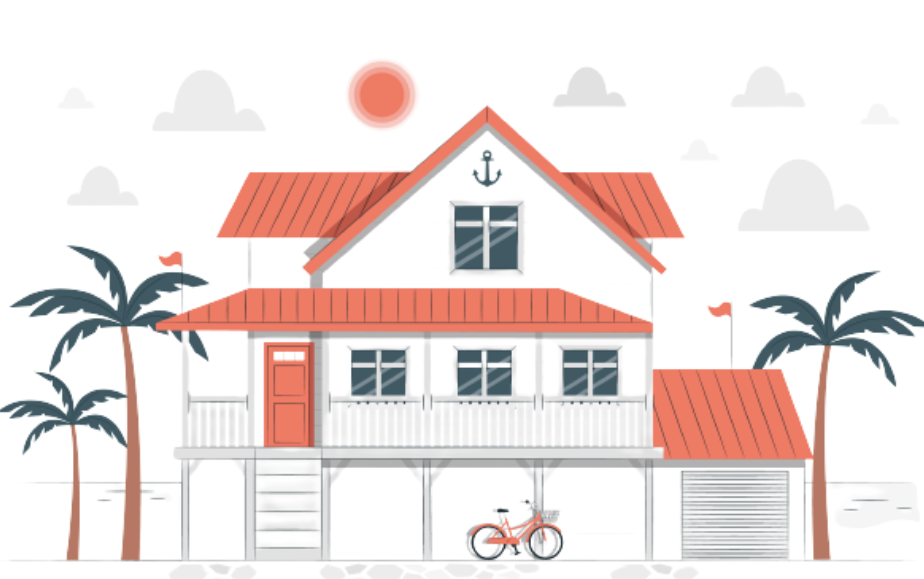
The National Association of Realtors reports that the median price for new homes across the country was $384,800 in September 2022. However, housing prices can vary greatly depending on the location and some areas may be more expensive.
In Hawaii, the average home size is the smallest of any state, standing at just 1,164 square feet. However, the average cost per square foot is the highest in the US, reaching $743.86. This means that the average home price in Hawaii is over six times higher than that in West Virginia.
Similarly, New York is home to the third most expensive real estate, with an average cost of $421.49 per square foot. The average home size in New York is also relatively small, coming in at 1,490 square feet.
According to the latest data, California has the second-lowest homeownership rate among all states, with only 54.2% of residents owning their homes. The average home in California is priced at $760,800 and has a size of 1,625 square feet.
In the District of Columbia, the homeownership rate is the lowest, with only 40.3% of residents owning their homes. If you're in the market for a home, expect to pay $701,895 for a typical 1,440 square foot residence.
The average home in Washington state has a size of 1,903 square feet and is priced at $595,723. Homeownership rate in the state is 63.6%, with only a portion of residents owning their homes.
In Colorado, homes are spacious with the average home measuring 2,126 square feet and costing $559,838 ($236 per square foot). Despite the high home prices, the state has a homeownership rate 67% higher than the national average.
In Massachusetts the average home in the state is priced at $559,312 and has a size of 1,744 square feet, but homeownership is among the lowest in the country, with only 60% of residents owning homes.
Utah has the largest homes in the nation, with an average house size of 2,305 square feet (nearly 50% larger than the national average), and a typical home costing $544,868. Homeownership in Utah is higher than the national average, with 70.3% of residents owning homes.
In Oregon, homeownership is slightly lower than the national average, at 64.3%, with typical homes measuring 1,780 square feet and costing $502,215.
In Idaho, the typical home costs $466,435 and has a size of 1,932 square feet, but homeownership is high, with 70.4% of residents owning their homes.
West Virginia has the lowest housing costs in the US and the highest rate of homeownership, with a typical home measuring 1,714 square feet and costing $129,103, and nearly 80% of residents owning their homes.
In Mississippi, home prices are also affordable, with a typical home costing $157,828 and measuring 1,879 square feet, and the homeownership rate is among the highest in the nation at 74.8%.
In Arkansas, a typical home costs $169,867 and measures 1,792 square feet, and the homeownership rate is slightly higher than the national average at 66.5%.
In Oklahoma, the average home costs $171,057 and measures 1,746 square feet, and the homeownership rate is 67.3%.
In Iowa, a typical home costs $183,418 and measures 1,550 square feet, and the homeownership rate is 70.4% in Idaho.
Section
05
Mortgage Debt Statistics
As of June 2022, Americans are burdened with a substantial amount of mortgage debt, totaling $11.39 trillion, according to the Federal Reserve Bank of New York. This yearly increase of $945 billion highlights the fact that rising home prices have caused more Americans to take on larger loans to purchase a home.
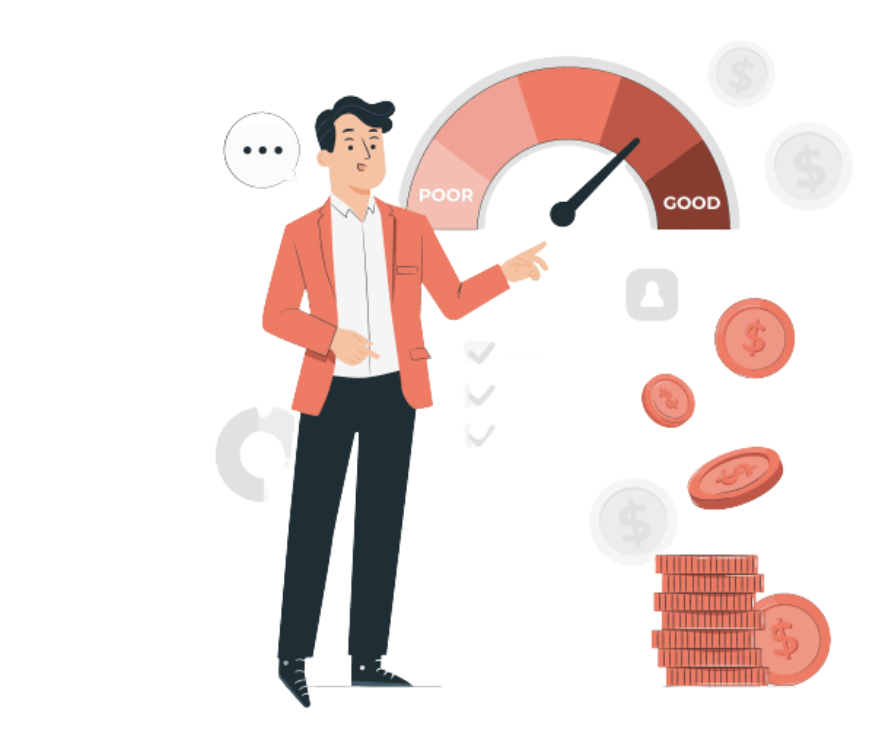
In Q2 2022, $758 billion in new mortgage debt was issued with 65% going to borrowers with credit scores over 760.
The percentage of mortgage balances 90+ days past due stayed at a historic low of 0.5%.
In Q2 2022, mortgage balances increased by $207 billion to reach $11.39 trillion at the end of June.
Mortgage originations slightly decreased to $758 billion in Q2.
The median monthly mortgage payment in the US is $1,595.34
Mortgage debt, which accounts for 70% of all American debt, has the highest total of $10.44 trillion.
42% of households, or over 51.5 million total, have a mortgage and the average mortgage debt in the US is $202,454.
Gen X has the highest average mortgage balance at $238,344, followed closely by Millennials with $224,500.
Only 8% of AA students and 14% of BA students had mortgage debt by age 30.
AA female students were 1.3% less likely to have mortgage debt than male students.
Both AA and BA students from Black and Hispanic backgrounds were less likely to have a mortgage by age 30 than white students.
In October 2022, a higher share of female homeowners in the US were behind on mortgage payments compared to male homeowners.
About 3.8% of homeowners missed their mortgage payments.
Washington D.C. residents have the highest average mortgage debt at $447,267.
In the US, California has the highest average mortgage debt of $421,535, followed by Hawaii ($409,711) and Washington ($333,158).
West Virginia has the lowest average mortgage debt of $130,657, followed by Mississippi with $139,800.
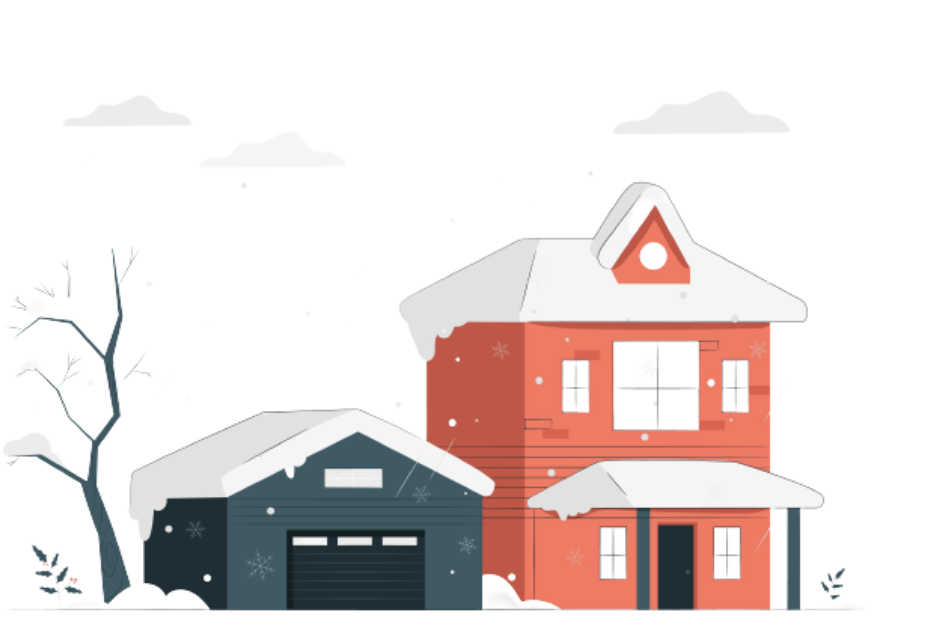
Section
06
Mortgage Denial Statistics
In section 03 we had mentioned that the denial rate for home purchase loans decreased 1% in 2022. Keep on reading to see what mortgage denial rates can tell us about the U.S. housing market in general.
In 2022, 8% of mortgage applications were declined, and there was an increase of 58,000 rejections compared to the previous year. An unfavorable debt-to-income ratio (DTI) was responsible for 32% of all denials.
An unfavorable debt-to-income ratio (DTI) was responsible for 32% of all denials.
Younger mortgage buyers are much more likely to report being denied financing compared to older ones.
Only 9% of Baby Boomer and Silent Generation mortgage borrowers reported being denied financing.
On the other hand, 42% of Gen X, 40% of Millennials, and 42% of Gen Z mortgage buyers reported being denied mortage.
Mortgage buyers from minority backgrounds are more likely o face a mortgage denial before getting approved.
About 54% of Black and 56% of Latinx mortgage buyers reported at least one denial, which is higher than the 31% reported by white mortgage buyers.
In 2020, home improvement loan applications had the highest rejection rate, according to HMDA data, at 38.8%.
Despite being more likely to own older homes, a majority of Black (63%) and Hispanic (56.6%) applicants for home improvement loans were denied, making necessary repairs and renovations difficult to carry out.
In 2022, the denial rate for primary residential mortgage loans was slightly higher for Black and white borrowers compared to secondary residences and investment properties.
However, for Asian borrowers, the denial rate was highest for secondary residences (12.5%).
Among Hispanic borrowers, investment properties had the highest denial rate (19.3%).
The data shows that Asian (16.2%) and Black (15.0%) applicants were more likely to withdraw their mortgage applications, and Hispanic (3.6%) and Black (3.8%) applicants were more likely to have their files closed for incompleteness.
For Black borrowers, more than 75% of manufactured home loan applications were denied in 2020, even for those secured by land. Mortgage applications for manufactured homes were much more likely to be denied than those for one-to-four-unit homes, especially for loans not secured by land.